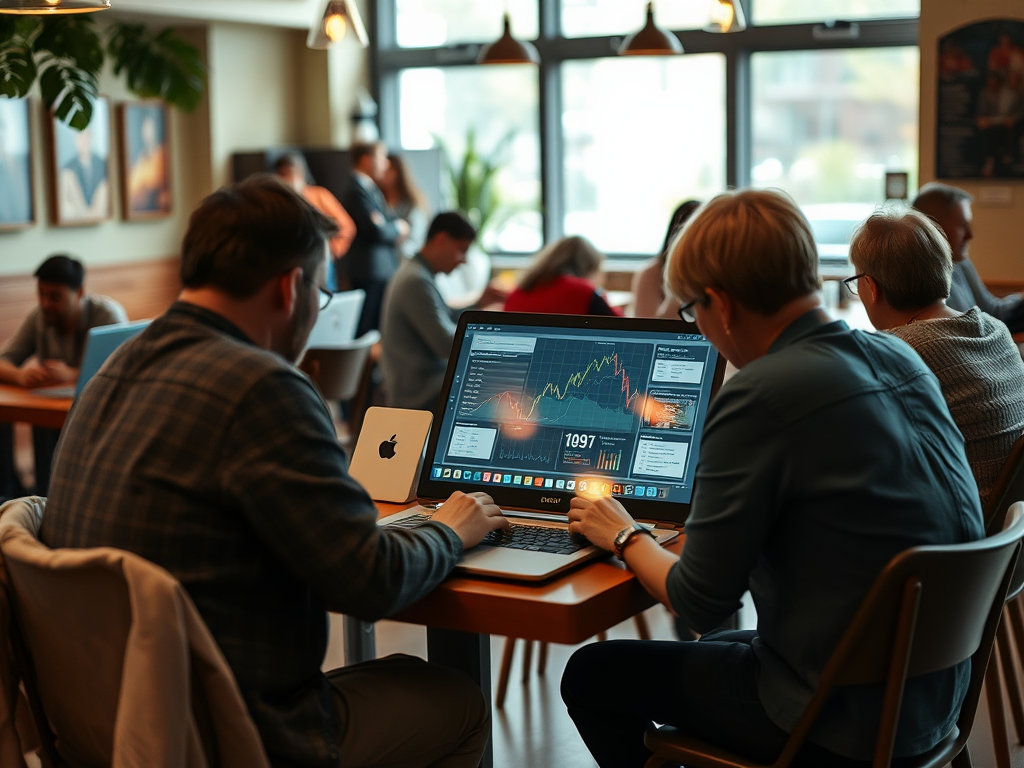In the fast-paced digital landscape, understanding how users interact with your website or application is more crucial than ever. As businesses strive to refine their digital experiences, session recordings emerge as a powerful tool to unlock insights from actual user behavior. By capturing user interactions in real time, session recordings enable you to step into your customers’ shoes and identify what works and what doesn’t. This level of understanding shifts the focus from assumptions to data-driven insights, allowing for more effective decision-making. Imagine having the ability to pinpoint exactly where users are dropping off or which features are causing confusion. With session recordings, this is not just a dream; it’s a reality that can transform your approach to user experience.
When harnessed effectively, session recordings can lead to substantial improvements in navigation, customer satisfaction, and ultimately, conversion rates. However, gathering this rich data requires a deep dive into both the technical aspects of the recordings and the strategic implementation of findings. In this article, we’ll explore what session recordings are, their importance, how they work, best practices for utilization, and the ethical considerations that come into play. By the end, you’ll have a comprehensive understanding of how to leverage session recordings to gain valuable insights from user behavior.
What Are Session Recordings?

Session recordings are a technology that captures real-time interactions of users on a website or application. This means tracking clicks, scrolls, mouse movements, and page navigations—all the multifaceted ways in which users engage with your content. Essentially, these recordings provide a playback of individual user sessions, allowing you to watch as if you were observing the user directly. This technology hinges on sophisticated tracking scripts that capture data based on user interactions without affecting the overall site performance. By analyzing these recordings, businesses can derive meaningful insights that help optimize user experience. In essence, session recordings serve as a window into your users’ minds, revealing their thought processes and behavioral patterns.
The Importance of Understanding User Behavior

Understanding user behavior is paramount in the digital age for various reasons, notably its direct impact on business performance. Knowing how users navigate your site lets you optimize the onboarding process and enhance overall usability. Insights drawn from user behavior can inform key decisions, such as website architecture and content placement. Additionally, this understanding translates into improved conversion rates, as businesses can tailor user pathways to facilitate smoother interactions. By enhancing customer satisfaction through a more intuitive interface, companies not only retain users but also convert them into loyal advocates. Ultimately, a deep understanding of user behavior can create a significant competitive advantage.
- Improved website navigation, leading to enhanced user experience.
- Identification of user pain points, allowing for targeted fixes.
- Optimization of marketing strategies based on user preferences.
- Enhanced product development, informed by user interactions.
How Session Recordings Work
Capturing and analyzing session recordings involves several steps, each crucial for deriving actionable insights. Initially, a tracking script is installed on your website, recording every user’s journey as they interact with content. This data is then transmitted to an analytics platform, where it is processed and stored for analysis. Users can then revisit specific recordings to observe behavior and pinpoint issues. Insights gathered from these recordings include understanding common navigation paths and identifying unexpected interactions. By scrutinizing user sessions, businesses can uncover trends and patterns that inform strategic decisions.
| Insight Type | Description | Action |
|---|---|---|
| Click Tracking | Identifies where users click most frequently. | Optimize button placements and calls to action. |
| Scroll Depth | Measures how far users scroll down a page. | Adjust content placement for better visibility. |
| Session Duration | Tracks how much time users spend on the site. | Assess engagement levels and content effectiveness. |
Best Practices for Using Session Recordings
To fully realize the potential of session recordings, it’s essential to implement best practices that enhance their effectiveness. Begin by defining clear objectives before analyzing the recordings; know what questions you’re trying to answer. Regularly review the recordings to stay updated on user interactions, especially after any major changes to your website or application. It’s also valuable to segment users based on behavior, such as new vs. returning visitors, to gain tailored insights. Additionally, documenting findings and ongoing adjustments will ensure that learnings are retained over time, fostering a continuous improvement cycle. Finally, complementing session recordings with other data sources—like surveys and heatmaps—can provide a more comprehensive view of user behavior.
- A/B testing validation: Gain insights into which version performs better.
- Usability testing for new features: Observe user interactions with new elements.
- Identifying bugs and issues: Spot unexpected behavior or crashes.
Integrating Session Recordings with Other Data Sources
Session recordings do not exist in a vacuum; they are most effective when integrated with other analytics tools. For example, heatmaps can give a visual representation of clicks, while session recordings provide the context of the user’s behavior during those clicks. User surveys can elucidate “why” users interacted in a certain manner, adding depth to the quantitative data captured by recordings. Together, these tools create a synergy that allows for a comprehensive analysis of user behavior, leading to well-informed adjustments and strategic direction.
Ethical Considerations in Session Recording
As powerful as session recordings are, they come with significant ethical responsibilities. User privacy must be prioritized, ensuring that individuals are informed about data collection practices. Obtaining consent is a foundational requirement under regulations like GDPR and CCPA. Anonymizing personal data must also be practiced to protect user identities while obtaining insights from their interactions. Ethical session recording practices not only comply with legal standards but also build trust with your audience, ensuring they feel safe while navigating your website. Remember, respecting user privacy is a vital component of maintaining a positive brand reputation.
Conclusion
In summary, session recordings present an invaluable opportunity for businesses to genuinely understand user behavior. By analyzing how users interact with your website or application, companies can pinpoint pain points and optimize user experience effectively. The importance of this data cannot be overstated: it shapes everything from design decisions to marketing strategies. As you integrate these insights responsibly, the potential for improved customer satisfaction and increased conversions becomes evident. Harnessing session recordings not only empowers your organization to make informed decisions but also nurtures a user-centric approach that can significantly elevate your brand.
Frequently Asked Questions
- What is the difference between session recordings and heatmaps? Session recordings capture actual user interactions, while heatmaps provide a visual representation of where users click or hover on a page.
- Are session recordings compliant with privacy regulations? Yes, but it’s essential to ensure that you anonymize personal data and obtain user consent as required by regulations like GDPR or CCPA.
- How long should session recordings be stored? Storage duration may vary based on company policies, but it’s generally recommended to keep recordings for 3-6 months for meaningful analysis.
- Can session recordings impact website performance? While session recordings run in the background, excessive recording can affect site speed. It’s important to balance data collection with performance optimization.
- What platforms support session recording? Many analytics platforms, such as Hotjar, FullStory, and Crazy Egg, offer session recording features to help businesses gather insights from user interactions.
